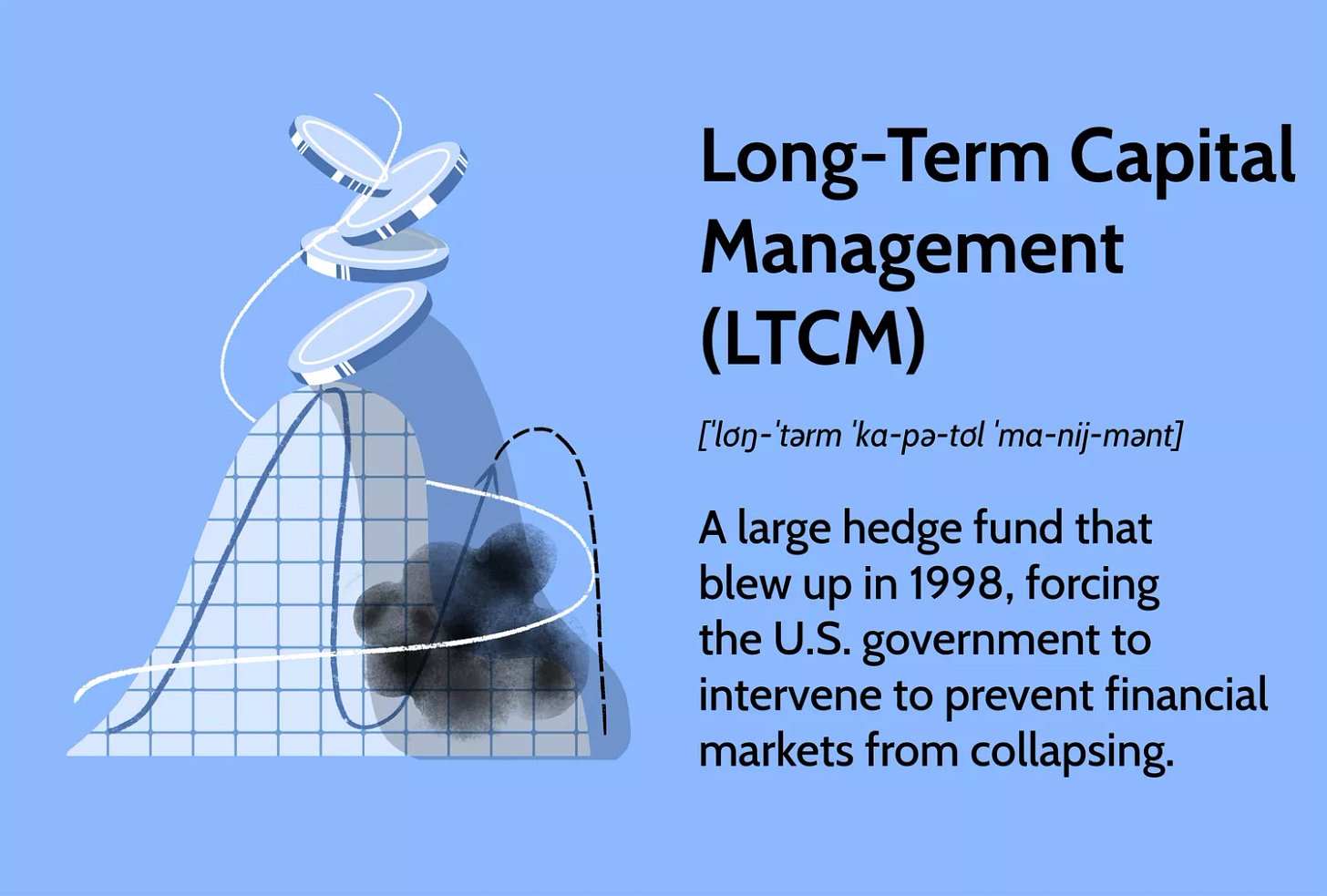Overleveraged and Underperforming
The U.S. Government Is A Mismanaged Hedge Fund Sitting on Trillions in Untapped Assets
“Hedge funds are not about investing; they are about betting." – Michael Steinhardt
In 1998, Long-Term Capital Management (LTCM), a hedge fund with a stellar pedigree, became a cautionary tale for financial markets. Founded by a group of Nobel laureates and Wall Street veterans, LTCM used sophisticated models to leverage enormous amounts of capital, betting on the stability of global financial markets. But when the Russian debt crisis hit unexpectedly, LTCM's strategies faltered, leading to catastrophic losses.
Today, the U.S. faces a similar predicament. With over $36 trillion in public debt and an annual deficit exceeding $1.8 trillion, the U.S. government is dangerously close to the edge. Much like LTCM, the country finds itself overleveraged, with a growing fiscal gap and a need for drastic measures to restore balance. However, unlike LTCM, the U.S. government has an enormous asset base and unique financial tools that could allow it to navigate this crisis successfully.
The U.S. government is far from bankrupt. In fact, it has a vast and underappreciated asset base that could be utilized to alleviate its fiscal pressures. The U.S. government controls more than 640 million acres of land across the country and 3.17 billion acres of offshore waters within the Outer Continental Shelf. The value of this land and offshore acreage is astronomical, though it is not fully represented in the government’s balance sheets.
For instance, the Outer Continental Shelf (OCS), rich in oil and natural gas reserves, holds vast amounts of untapped potential. The U.S. government estimates that the OCS contains nearly 90 billion barrels of oil and 420 trillion cubic feet of natural gas. With oil prices hovering around $70 per barrel, these reserves represent trillions of dollars in potential revenue. If the U.S. were to fully commercialize these resources, it could generate substantial income and alleviate some of its mounting debt. An additional, underappreciated asset is the Resolution Copper Mine in Arizona, located on federal land, presents another invaluable asset. This mine, one of the largest undeveloped copper deposits in the world, is projected to yield billions of dollars in economic benefits. With global demand for copper on the rise, monetizing this resource could generate significant long-term revenue for the U.S. government while reducing reliance on deficit financing.
“Studies show that Resolution Copper could produce up to $61 billion in economic value for Arizona over the project’s 60-year lifespan. Resolution Copper will boost state and local tax revenues by $88 million to $113 million per year, while the federal government could see an extra $200 million in tax revenues per year.” Resolution Mining
In addition to energy reserves, the U.S. also holds a gold reserve of approximately 261.5 million ounces. Currently marked at a fraction of its market value—$42.22 per ounce—the true value of this gold, if revalued at today’s price of $3,000 per ounce, would amount to around $780 billion. This asset alone provides a significant cushion that could be leveraged to stabilize the government’s financial situation.
Finally, there’s the value of the U.S. dollar, which remains the global reserve currency. This unique status provides the U.S. with an unparalleled ability to borrow cheaply and service its debt. The Federal Reserve, in particular, engages in complex monetary maneuvers—akin to hedge fund strategies—in managing the supply of money and influencing interest rates.
Keep reading with a 7-day free trial
Subscribe to The Monetary Skeptic to keep reading this post and get 7 days of free access to the full post archives.








